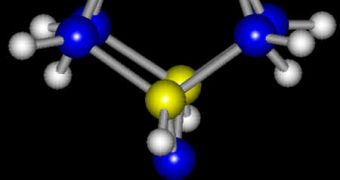The development of nanotechnology brings us back to an old dream we had long before using silicon chips and transistors - namely a mechanical computer. This dream never came true, but now - when components of a computer can have such dimensions of a millionth the thickness of the human hair - it seems closer than ever.
Some researchers propose even a fully mechanical computer based on electromechanical items. The reason for that is the fact that these nano-electromechanical items are a thousandth the size of a transistor which means that much more can be installed in the same space. Because of the much smaller separation between logic gates, the computers will work much faster and will be more robust and more efficient than those with silicon chips.
The discovery made by US researchers of the nanoscopic '"resonator"' which could form the building blocks for the logic gates proves to be a major one.
The resonator is made of a piece of gallium arsenide crystal 4 micrometers long, 0.8 micrometers wide and 0.2 micrometers deep, attached to a base. One side of the crystal "beam" is doped to provide extra electrons, while the other is doped so that it lacks them.
This device can be driven with only 5 nanovolts, which is necessary to charge a single electron. The resonator can be adapted by applying a direct current voltage and in the future, it can be used in the fabrication of the nanoscopic devices. In order to prove their theory they connected two bars, with their tips at a right angle and when they ran alternating current through each bar, the entire mechanism resonated to a certain frequency. When they circulated current through both, the vibrations annulled each other, which means that the device acts like a crude logic gate.
In theory, claims Miles Blencowe, a physicist at Dartmouth College in Hanover, such a logic gate could be much more efficient and maybe more robust than one made from electronic components, because it would require less energy and should waste less heat.
This is a new breakthrough technology, which - integrated into a computational device - can change the way we conceive computers today.

 14 DAY TRIAL //
14 DAY TRIAL //